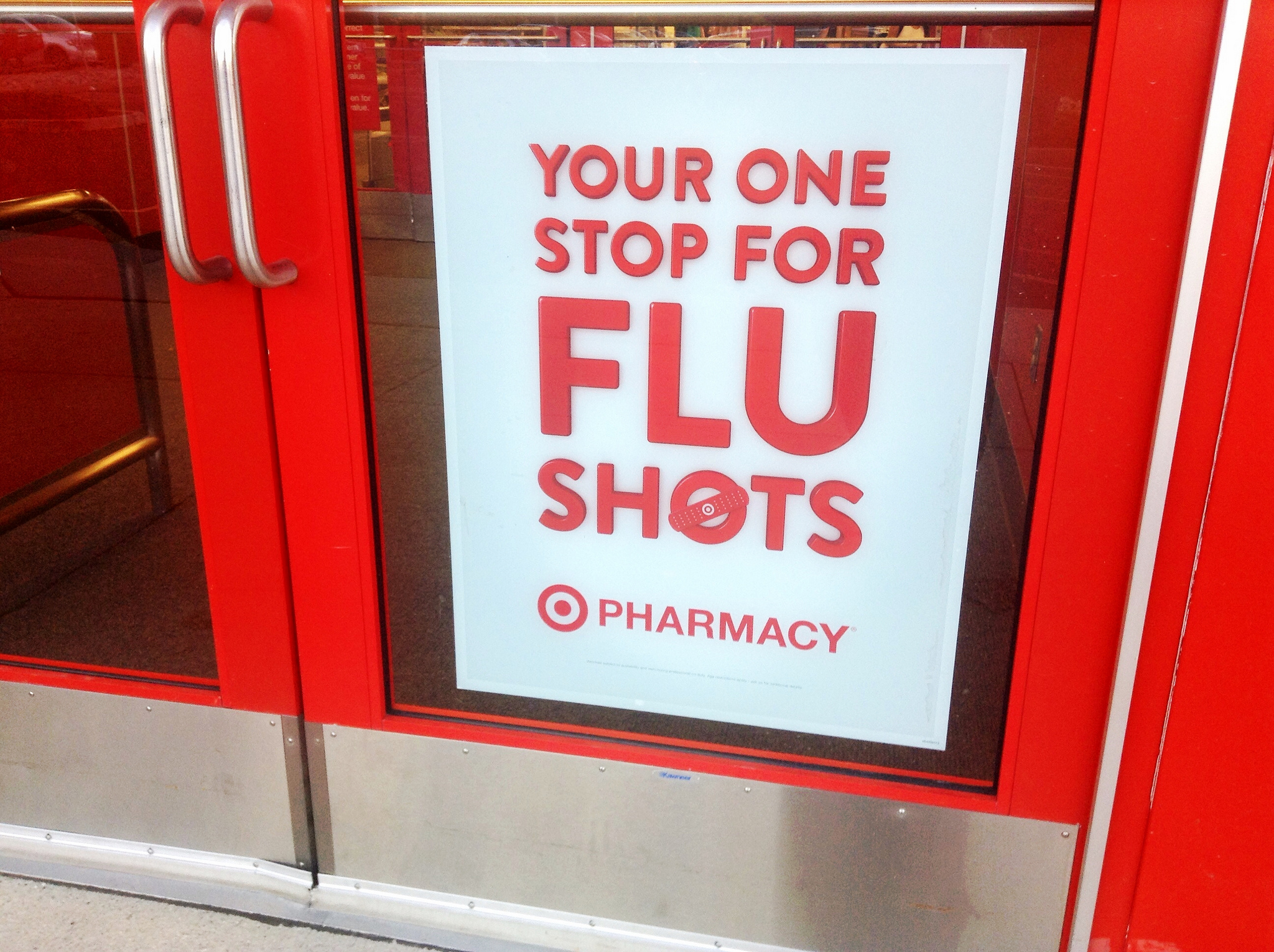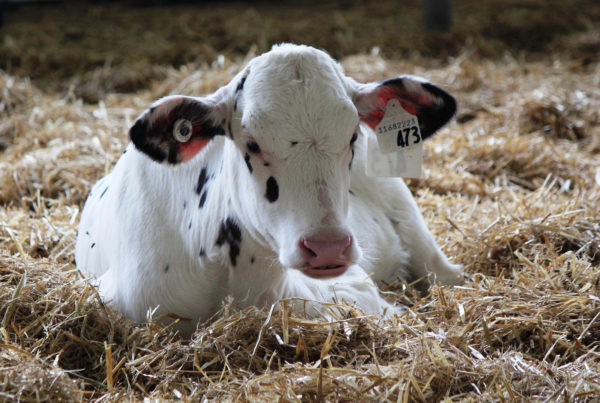The arrival of fall come some welcome things, like cooler weather and Halloween decorations. But it also means flu season is approaching – and lots of people are headed to their local clinic or pharmacy to get their flu shot. After last year’s “high severity flu season” as reported by the Centers for Disease Control, some may be wondering how effective this year’s flu shot might actually be.
Michael Deem is John W. Cox professor in biochemical and genetic engineering at Rice University. He and his team have been researching the efficacy of flu vaccines. He says the CDC designation of high severity last fall was combined with a vaccine which he says was 20 to 25 percent effective, and had a curbing effect on the disease. For context, he says the efficacy of a vaccine can range from “negligible” up to 50 or 60 percent.
“It’s quite difficult to curb the flu entirely with a vaccine,” Deem says. “If we have a vaccine that perfectly matches the biology of the virus, then the efficacy can range 50 to 60 percent.”
Deem says the people do not all receive same flu vaccine at clinics and doctors’ offices. The live attenuated flu shot is sprayed in the nose, and the traditional shot is administered in the arm. There are three and four component versions of the shot itself,
“There’s several choices for people who are allergic to eggs,” Deem said. “If people don’t have this allergy then there are vaccines that are constructed in eggs. Some of the newer types of vaccine production are done outside of eggs, in cells. The cell-based vaccines might be a little bit more effective than the egg-based vaccine.”
Deem says the increased efficacy of cell-based vaccines is due to the manufacturing process. Making vaccines from eggs, Deem says, requires a modification of the virus which generally reduce their effectiveness. The research team lead by Deem predicts this year’s flu shot will be 19 percent effective.
“The vaccine will be similar in effectiveness to last year, perhaps slightly lower,” Deem says.
Recent years have seen strains of H3N2, which are typically stronger and harder for vaccines to combat. Deem says the flu is constantly under pressure from the vaccine and prior infection history in individuals to evolve, perpetuating the need for stronger vaccines. This “arms race” between vaccines and the virus, Deem says, is the reason for a new vaccine every year, or close to it.
Written by Brooke Sjoberg.
















